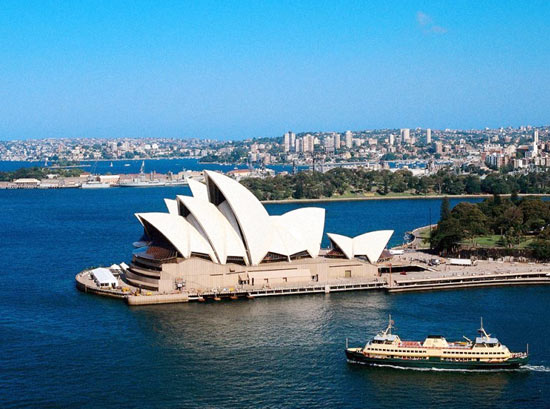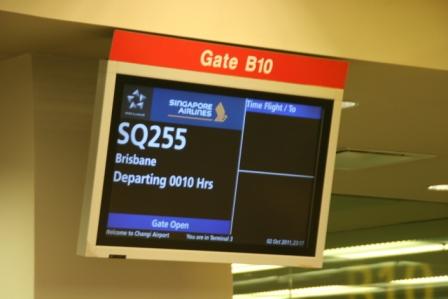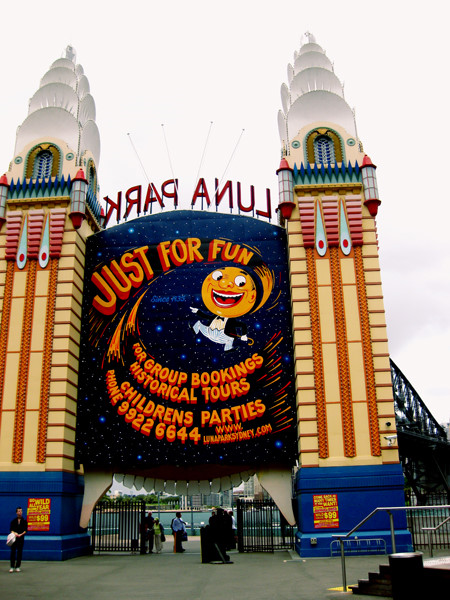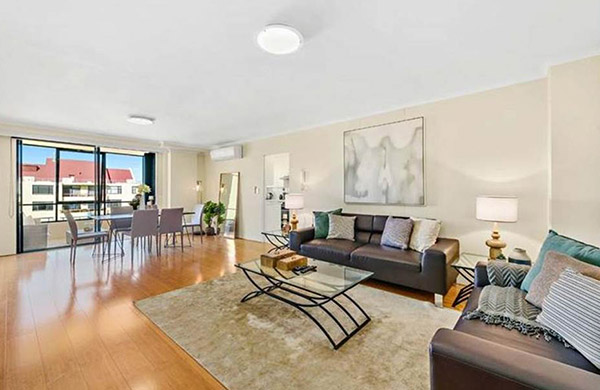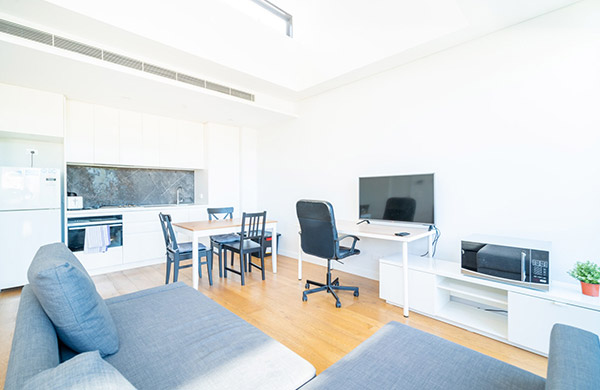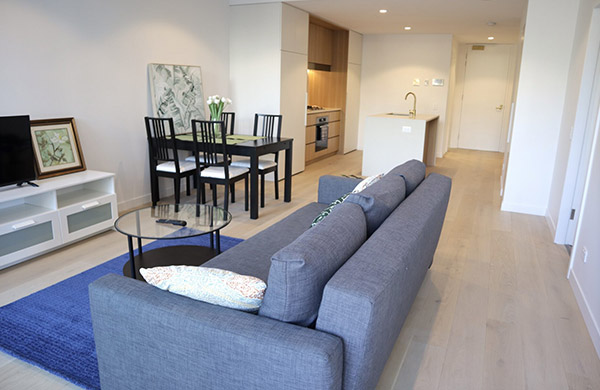Travel Guides and Stories
Western Australia Road Trip – North of Perth: Where the Ocean Is Vast and the Sky Unlimited
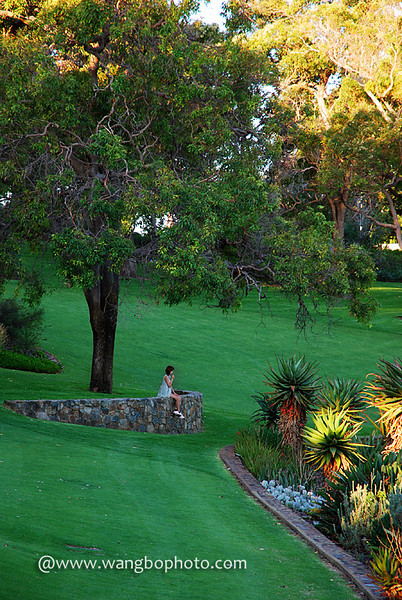
The tranquility of Western Australia
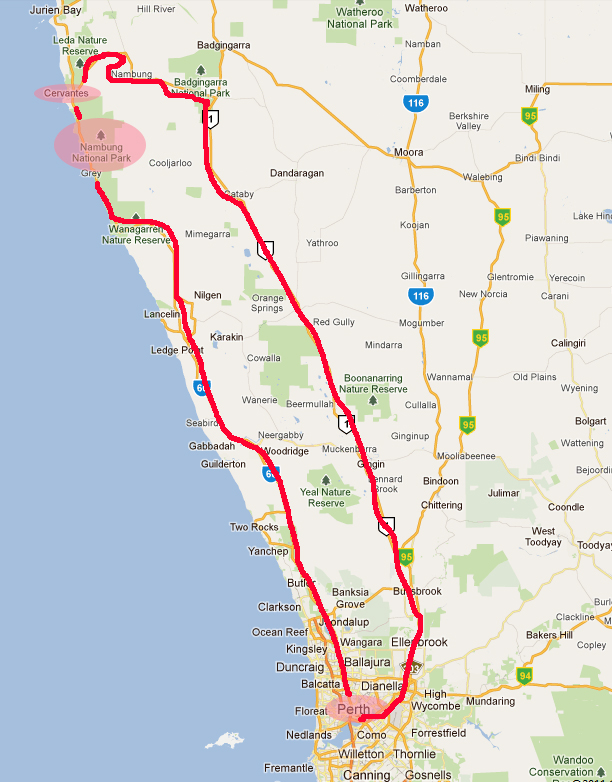
Aside from Cape Leeuwin in the south, there’s another famous day-trip destination east of Perth—Wave Rock, near Hyden. It’s about 350 km one way from Perth, with even fewer towns along the route. Driving there in summer can be tough: you drive east into the morning sun and west into the setting sun on the way back. The WA summer sun can be brutal, so we passed on Wave Rock and chose another route: north to Nambung National Park to see the Pinnacles.
Day 1: Perth to Cervantes. After a night’s rest in Perth, we set out north, heading about 250 km to The Pinnacles. This route is totally different from the south—though never more than 100 km from the coast, the landscape is as vast, desolate, and wild as the Tibetan Plateau.
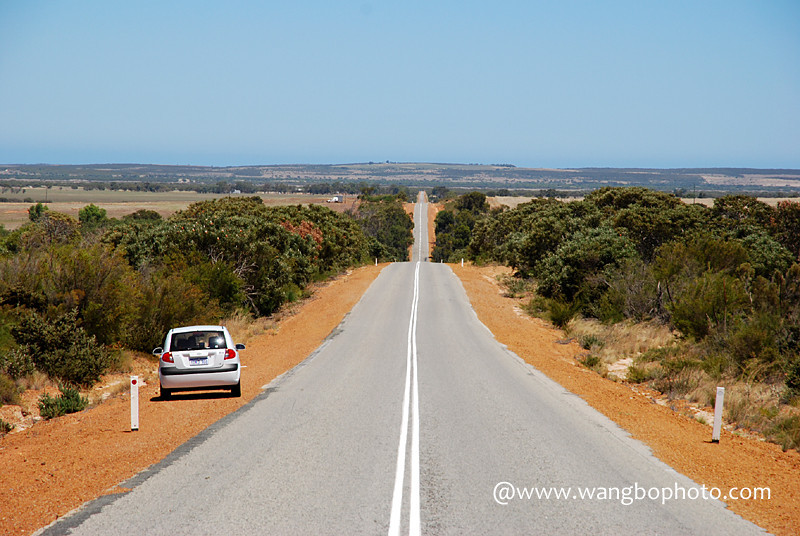
“National park” here just means a sign at the entrance...
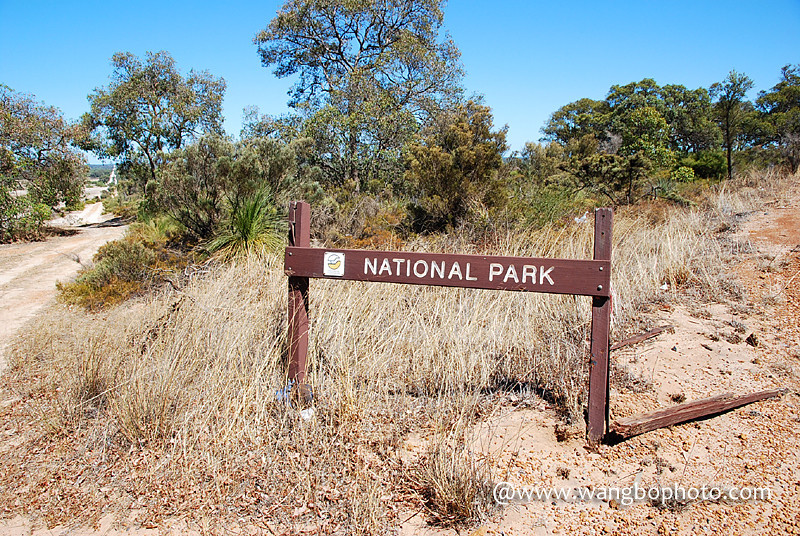
A dirt track left by off-roaders stretches toward the endless outback.
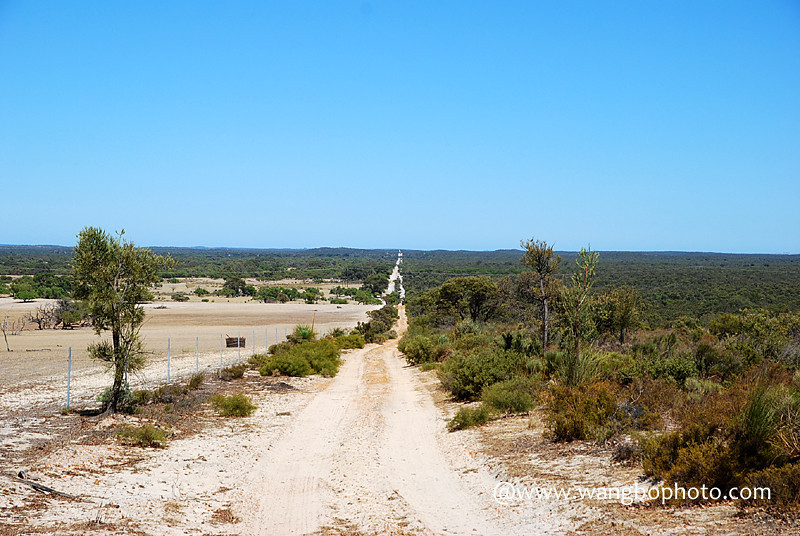
If you plan to head north, fill up in Perth—fuel stops are scarce and get pricier the further you go. Also, leave early and aim to reach Cervantes (the nearest town to the Pinnacles) before noon. There’s only one motel in town (about 40 rooms)—a single tour group could fill most of it! So it’s best to book ahead; if not, arrive early and you might still get one of the 1–2 rooms they hold back for latecomers. Even though it feels like you’re driving into the desert, the motel standards here are as good as the city, and there’s even a nice pool. Makes me think of the difference between here and Tibet—just one of many contrasts between developed and undeveloped areas. The motel pool:
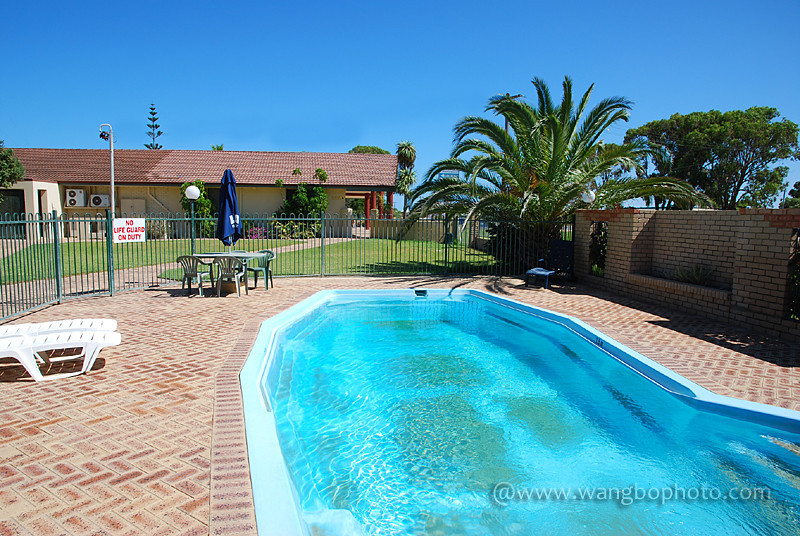
Cervantes is small, but has all the essentials. First stop: the information center. The staff told us the Pinnacles are very close—just keep going down the road and turn at the next junction. There are two side roads with smaller attractions—though not sealed, they’re fine for regular cars if you go slow. The first side road leads to a small lake. There’s a short dirt road, but inside, there’s an eco-friendly boardwalk—made from green materials and raised above the ground to preserve the environment. There are also viewing platforms and interpretive signs. The lake was once part of the ocean, but after the land at today’s coastline rose, it was cut off and became a lake, shrinking over time. Its water is now about 1.5 times saltier than the sea. The lake is small—it takes just 20–30 minutes to walk around.
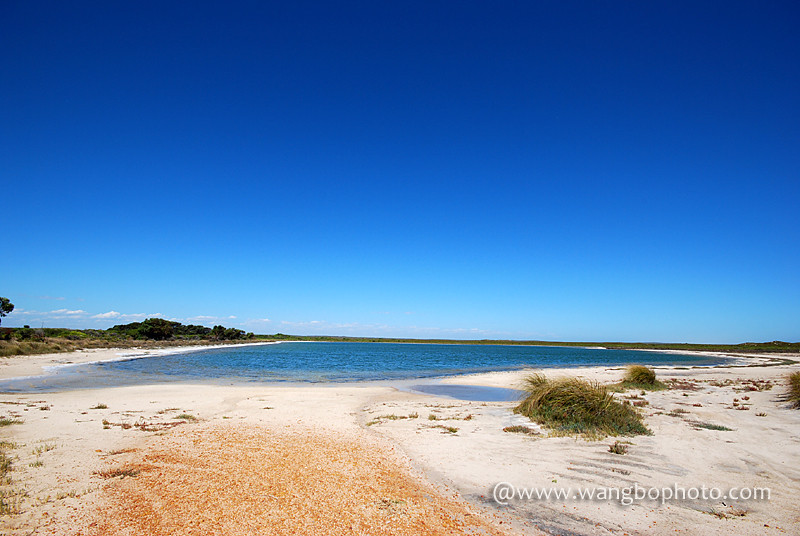
Up close, the hemispherical stone mounds at the lake’s edge are formed by bacteria. Minerals in the water crystallize on their surfaces, so these “rocks” are actually still growing.
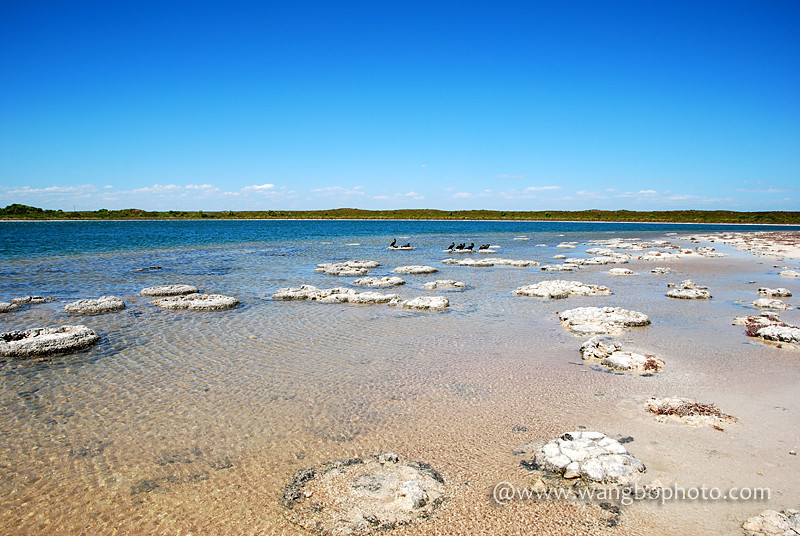
Walking along the shore, you’ll see foamy white waves—caused by high salt and mineral content.
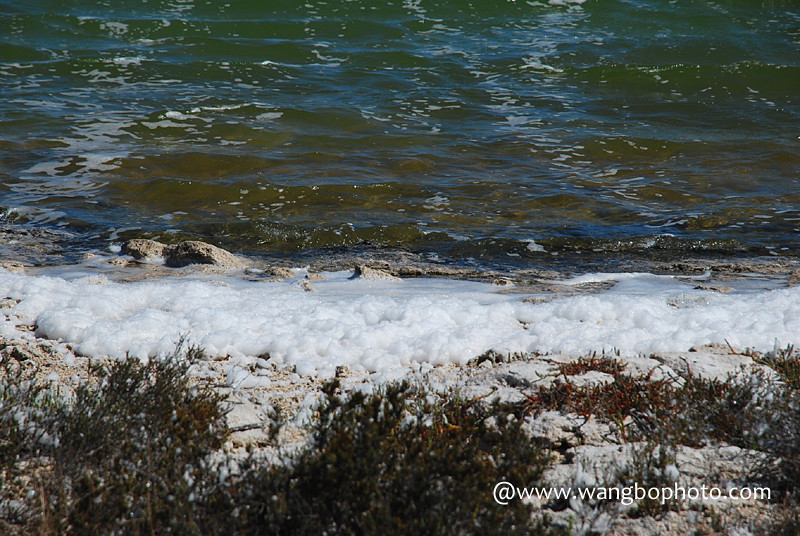
After circling the lake, head back and take the second turnoff—a viewpoint where you can see the ocean and Cervantes. Then, head back to the main road and continue toward Perth for about ten minutes to reach the Pinnacles turnoff. It’s a short drive to the entrance. Tickets are $11 per person, valid all day (until midnight). Most people visit once by day and once at sunset; you can even come for sunrise. The Pinnacles were originally tree roots—the acidic substances in the roots caused calcium-rich minerals to cling to them and “petrify” over time. Later, as the landscape changed and the sand blew away, the roots were exposed, forming the Pinnacles. This kind of structure isn’t unique to this part of WA, but this is the largest area.
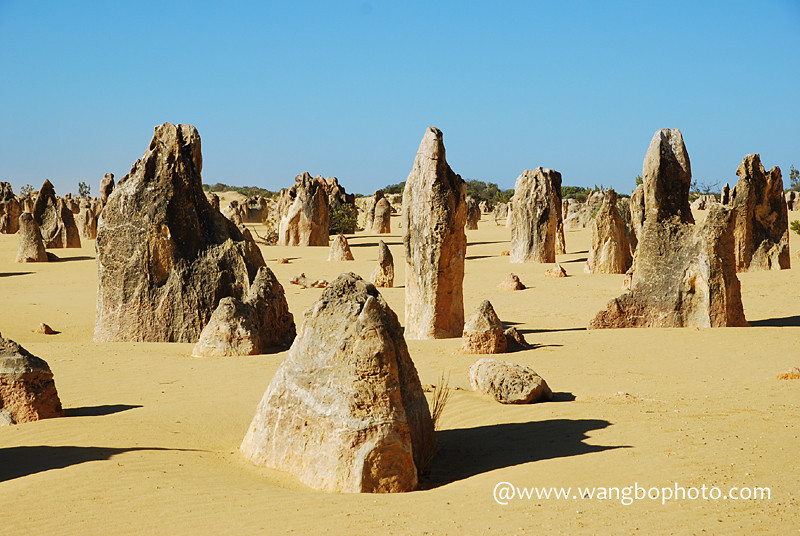
Walking among the Pinnacles, the stone columns rise and fall like a forest in the desert—truly amazing.
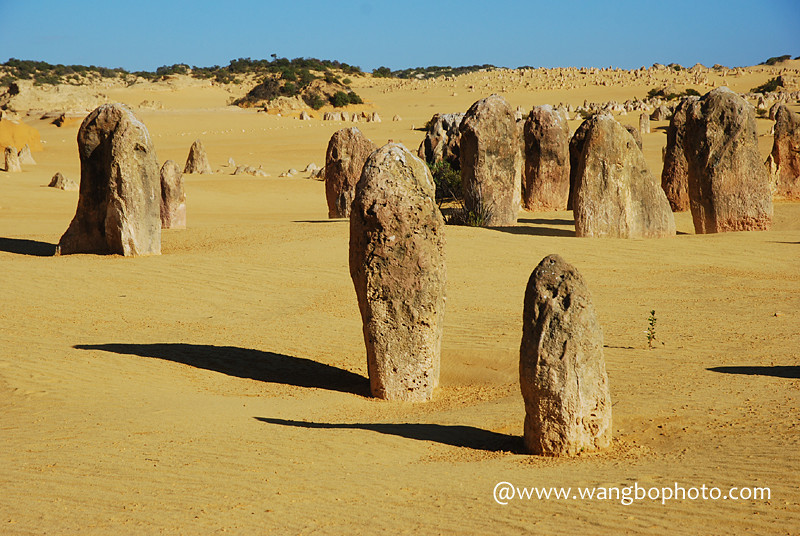
There are two ways to tour the park: by car or on foot. There are no proper roads or boardwalks; the “driving route” is marked with stones.
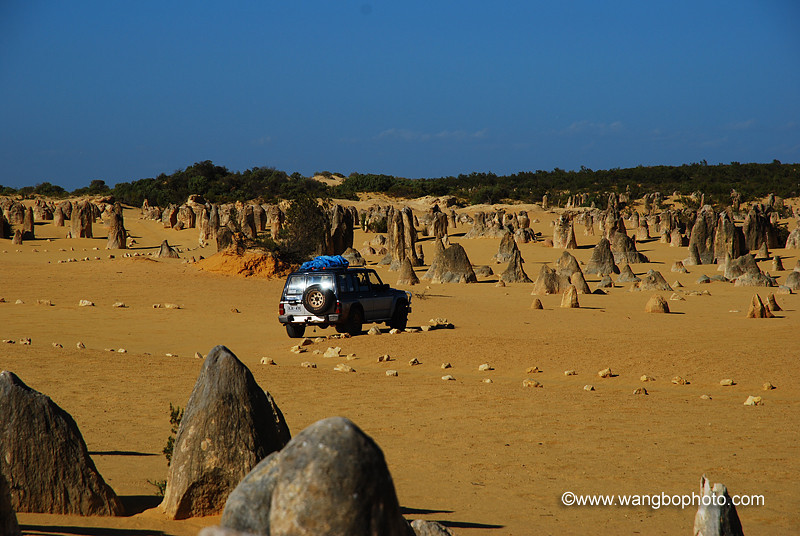
There are no boardwalks or formal walking trails; you have to follow the map at the entrance and the trail markers (see below). Every time you need to change direction, there’s a post with a paw print—just follow the direction. The posts with paw prints are your guides for the hiking route.
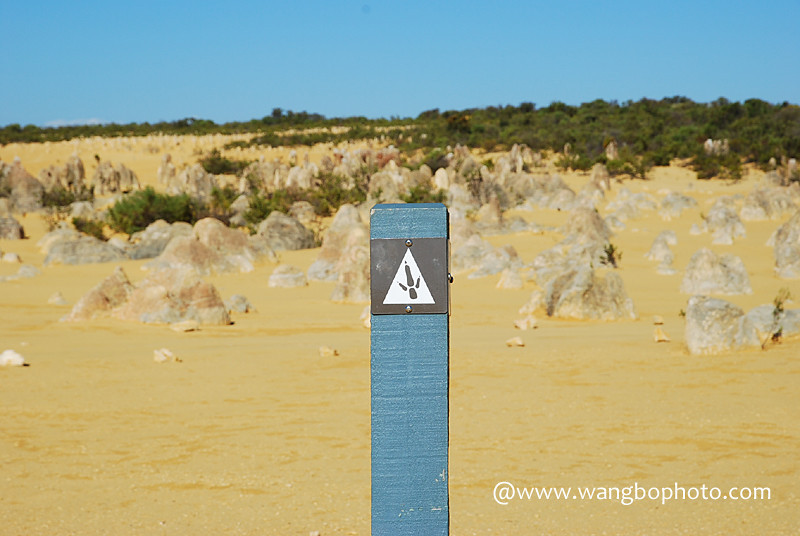
Because of this eco-friendly design, the whole area feels barely touched by people—it's easy to feel lost in the wild beauty of nature.
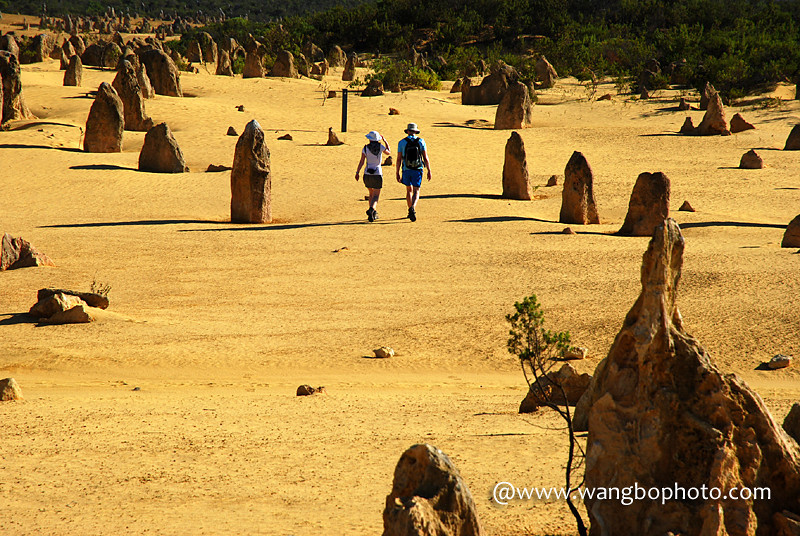
At sunset, the park takes on an even more mysterious air.
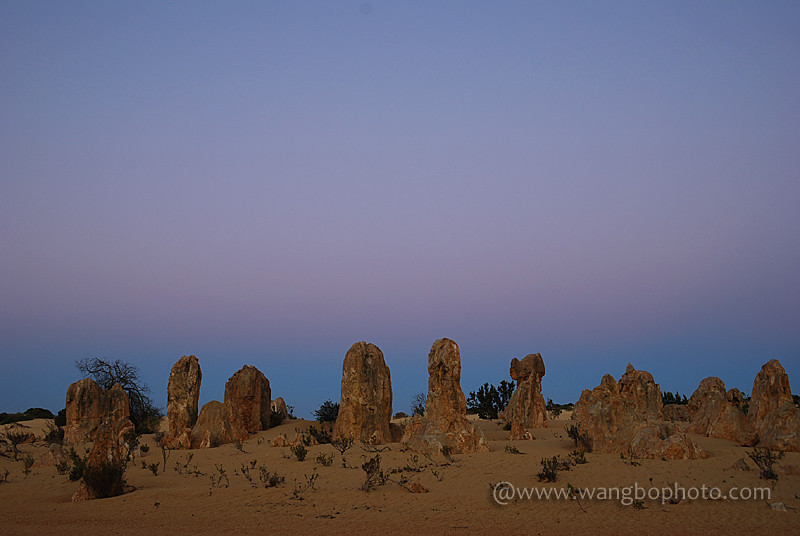
The stone pillars in the evening glow are a bit like the statues on Easter Island.
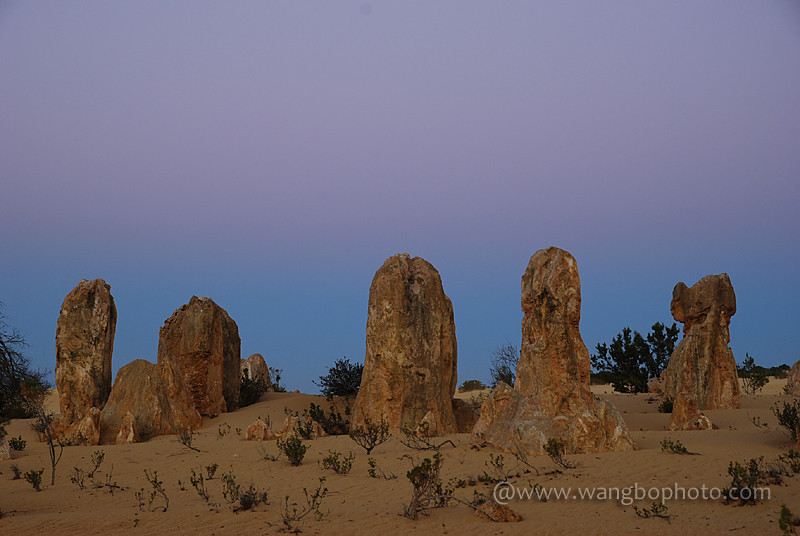
The Pinnacles silhouetted at dusk—desolate and mysterious.
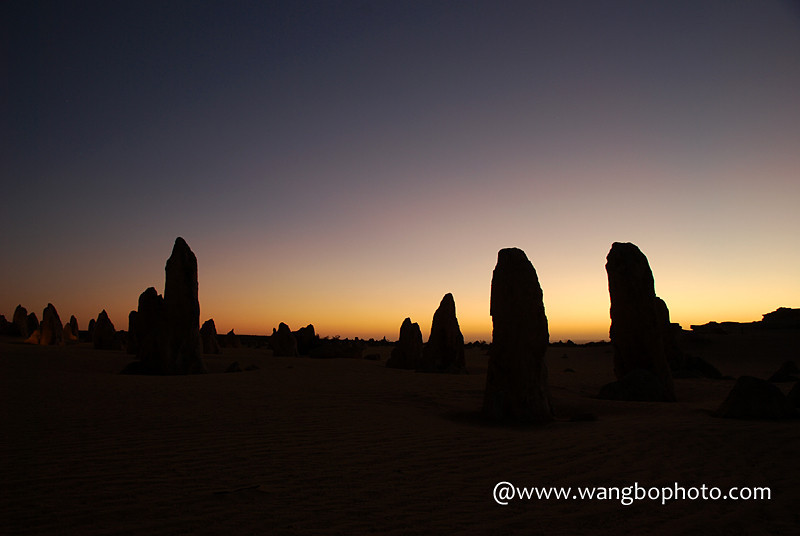
Pinnacles “adventure”
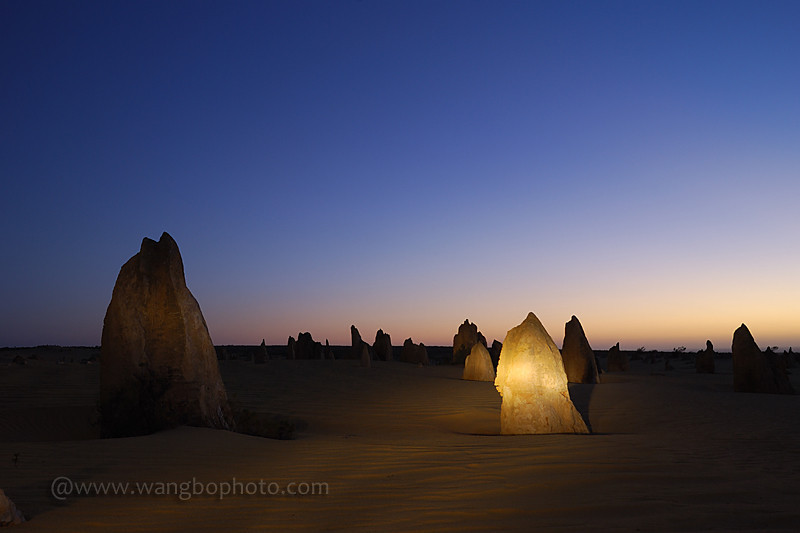
Day 2: Cervantes to Perth. The next day, we drove back along the coastal highway, which is very quiet. Fuel in Cervantes is expensive, but after leaving town, there are no gas stations for 100 km! After 100 km, you’ll hit Lancelin, a small town with slightly cheaper gas, but after that, it’s a long way to the next station. So in WA, always plan your fuel—if you run out, you’re in trouble; few cars, nothing but wilderness off the road, and hardly any people. There are fewer sights along this route—some white-sand beaches and viewpoints, but overall the scenery is similar. In less than three hours, we were back in Perth.
Perth is a premier holiday destination—a city of modern skyscrapers and rustic charm, with cathedrals, five universities, and the State Parliament. The beautiful city is divided by the Swan River. St. George’s Terrace on the north bank is the financial, commercial, and government hub, known as “Office Street.” North of St. George’s Terrace is Hay Street Mall, the commercial center. Black swans, rare elsewhere, are common and relaxed here, giving Perth the nickname “City of Black Swans”—the WA Tourism logo even features one.
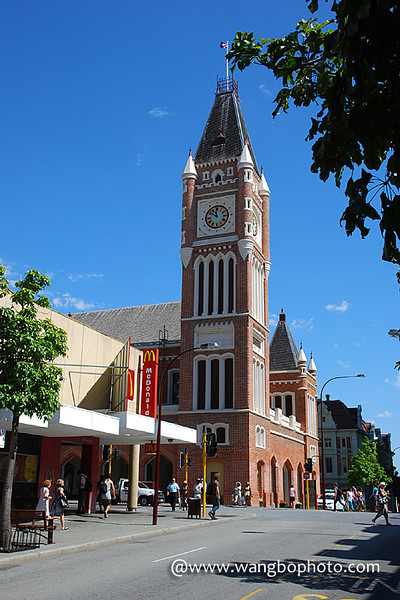
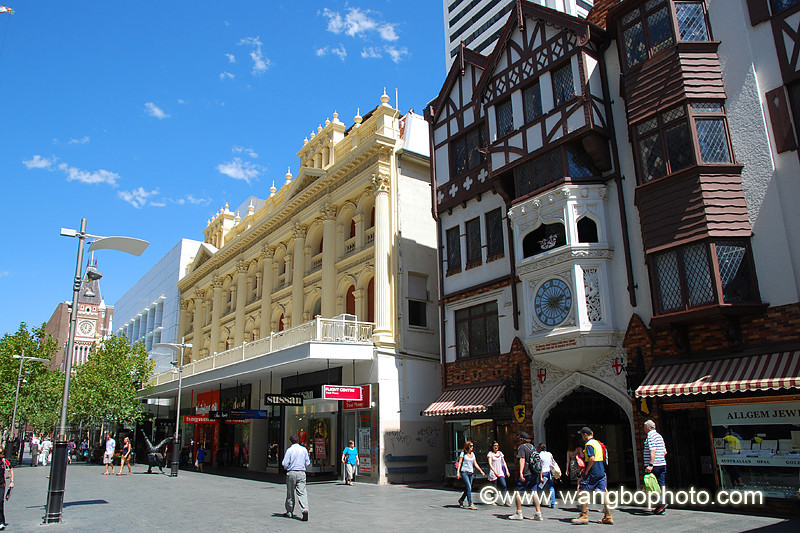
Kings Park sits atop Mt. Eliza on the Swan River, covering a vast 400 hectares. It dominates the whole hill, with thick forests and towering trees. The park’s design preserves the original wild feel—there are vintage trams, walking trails, and forest walks for a “back to nature” experience. At the same time, modern facilities make things easy for visitors: the famous 5-star Frasers Restaurant, barbecue grills, and lookouts with the best views of the city. Kings Park is a perfect blend of wild nature and modern amenities. The road into the park is lined with tall, elegant trees—it's a mood all its own.
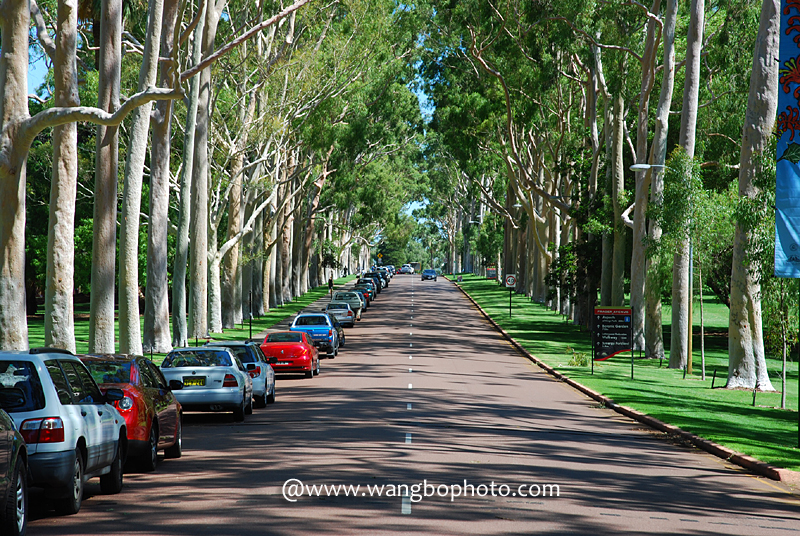
Entering the park, you get a sweeping view of Perth.
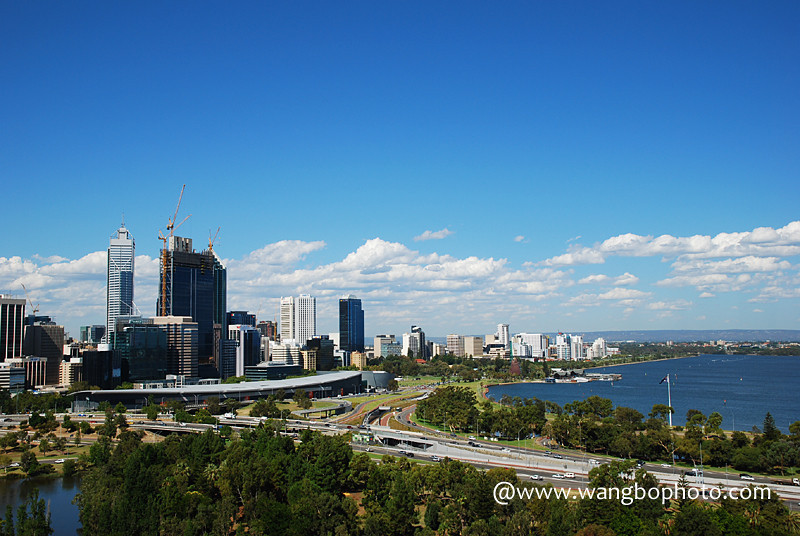
On the river in summer, you’ll see plenty of yachts.
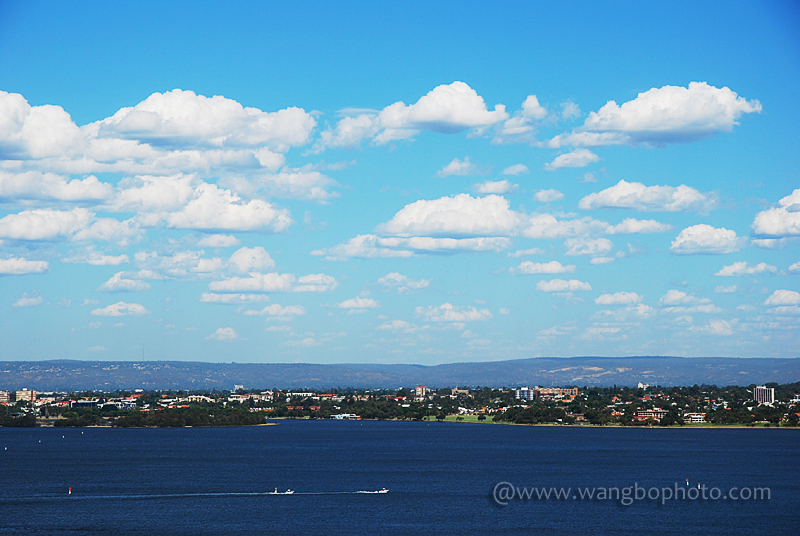
The WWI Memorial—standing atop it, you almost feel you could touch the clouds!
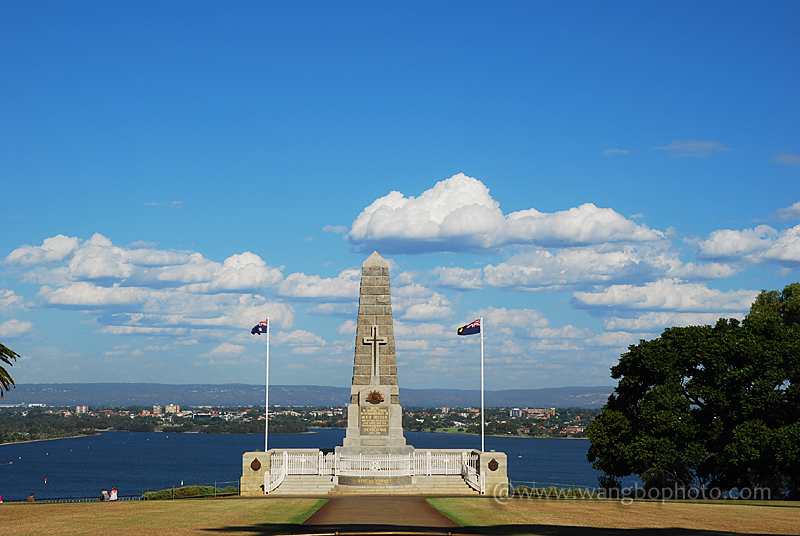
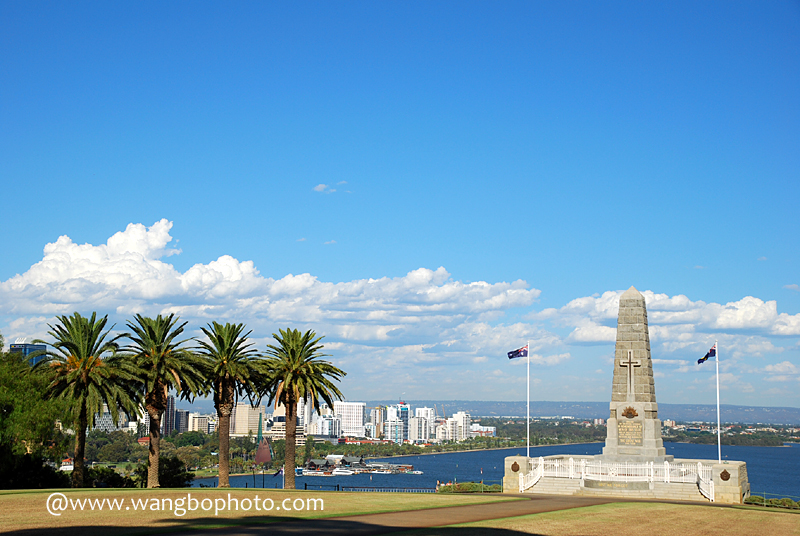
This blue sky, white clouds, and forest remind me of another summer water beauty—Stockholm.
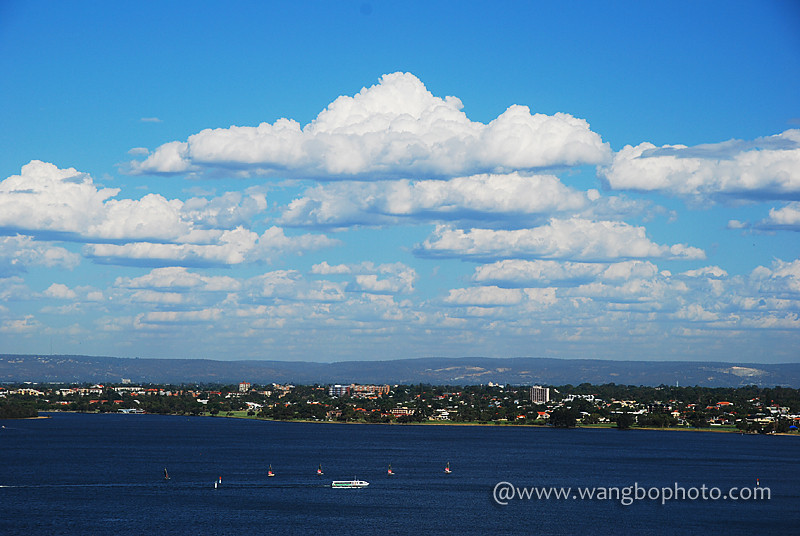
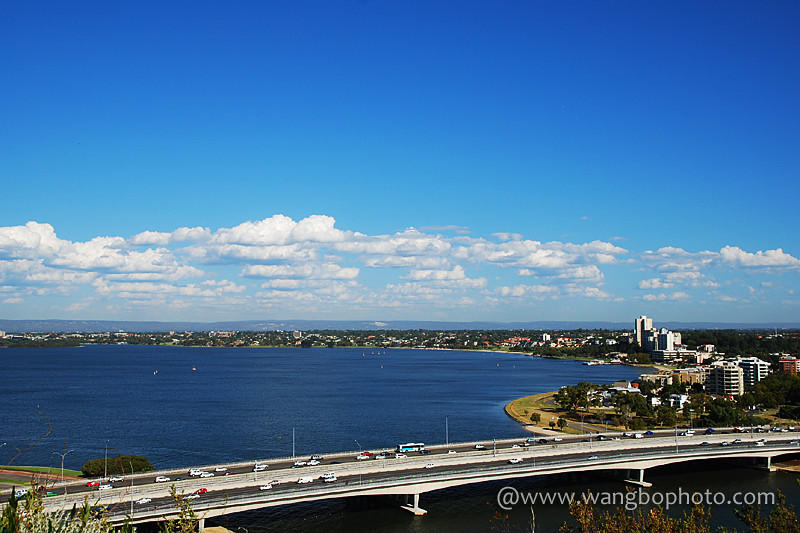
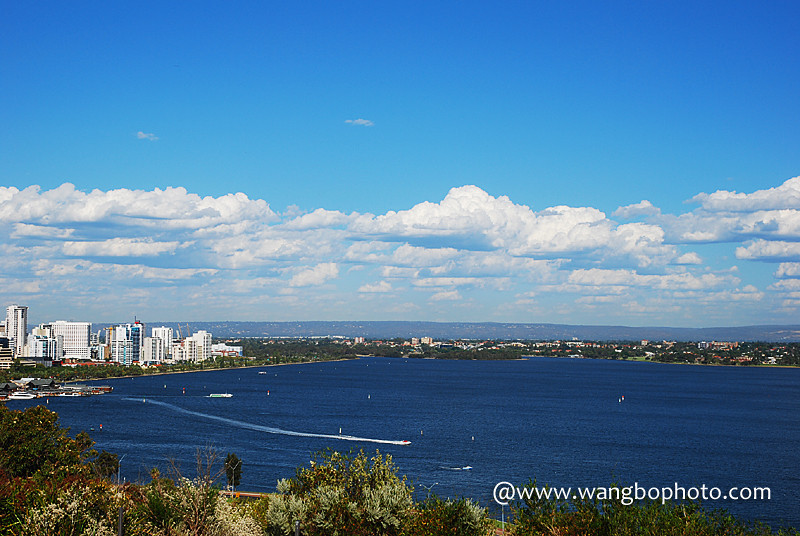
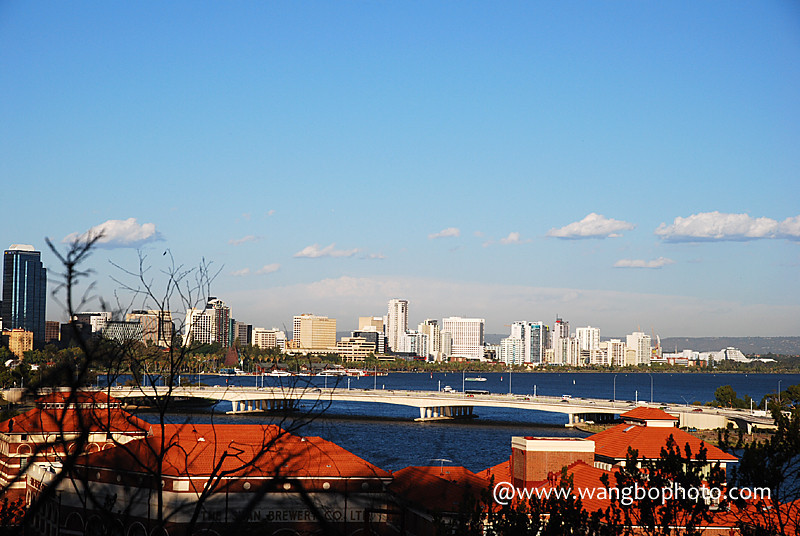
Touring the park, you’ll enjoy the harmony of wild and modern, and learn a lot from the many information signs. This giant tree was moved from the Northern Territory (another Australian state). Doesn’t it look like the giant trees of the African savannah? That’s because it’s a close relative! Long ago, Australia, Africa, and Antarctica were all joined, so many Australian plants are related to African ones.
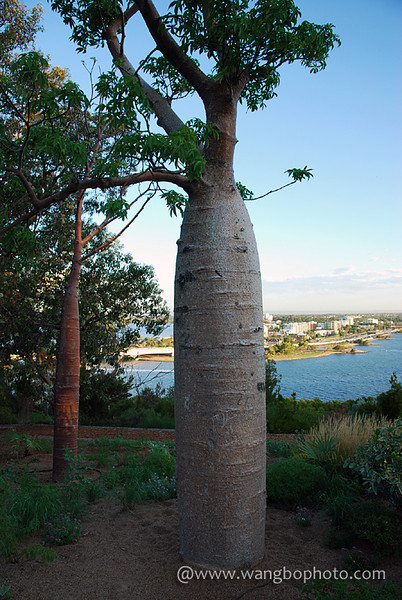
Under this big tree, a photographer was taking pictures of a couple—a scene full of feeling.
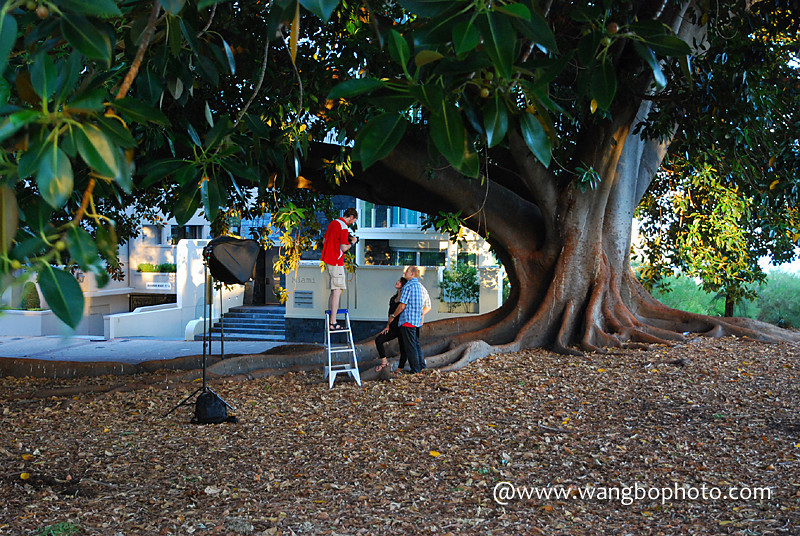
The lush trees are bursting with life.
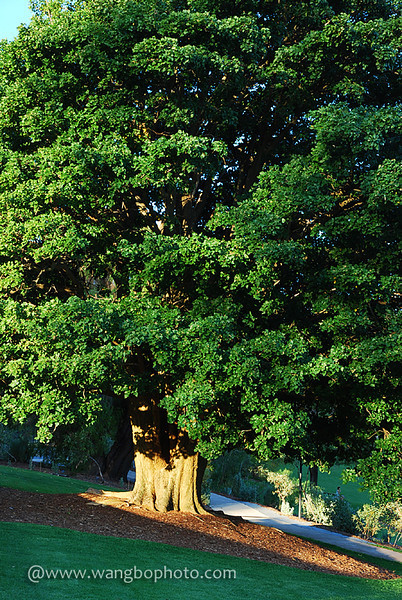
Imagine sitting right there—and time stands still... :)
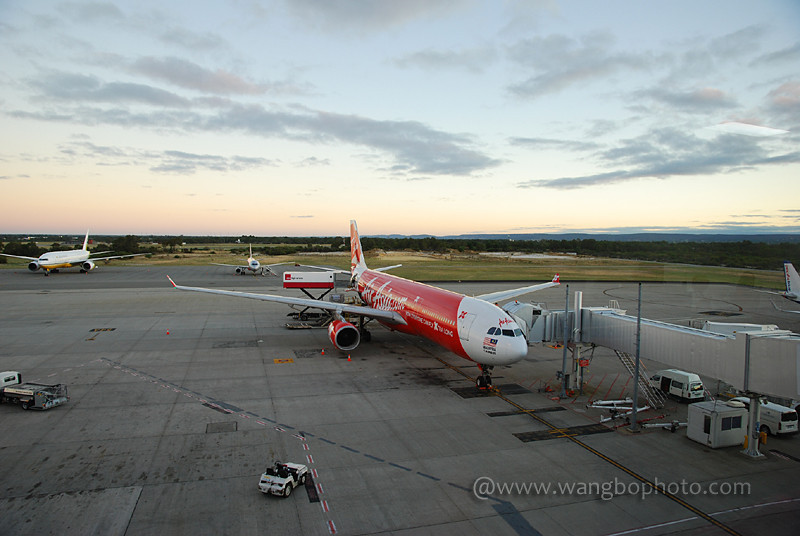

The street trees along the avenue are incredibly tall and straight. Amazingly, the bark is very hard and smooth—and after a full day in the sun, it’s still cool to the touch, not hot at all. The sunset glow on these trees is intoxicating (this tree looks a bit like the African baobab).
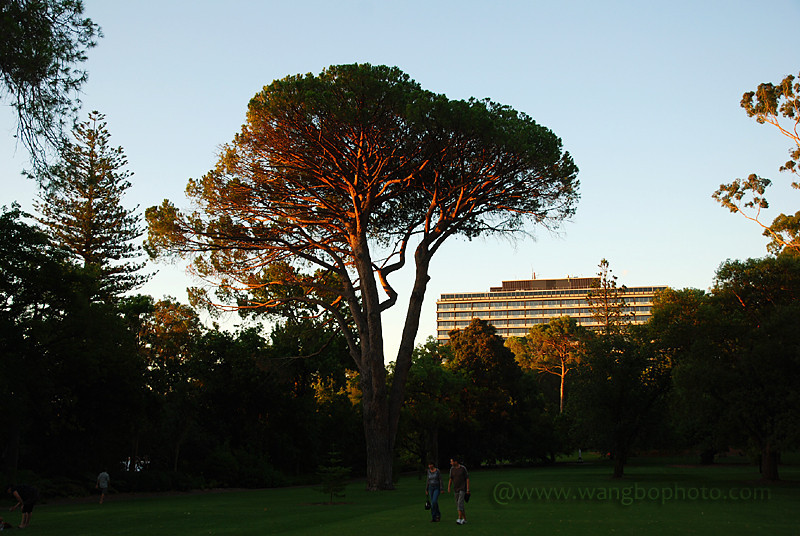
In the evening, many locals come to Kings Park for a picnic. For West Australians, being close to nature is an essential part of life.
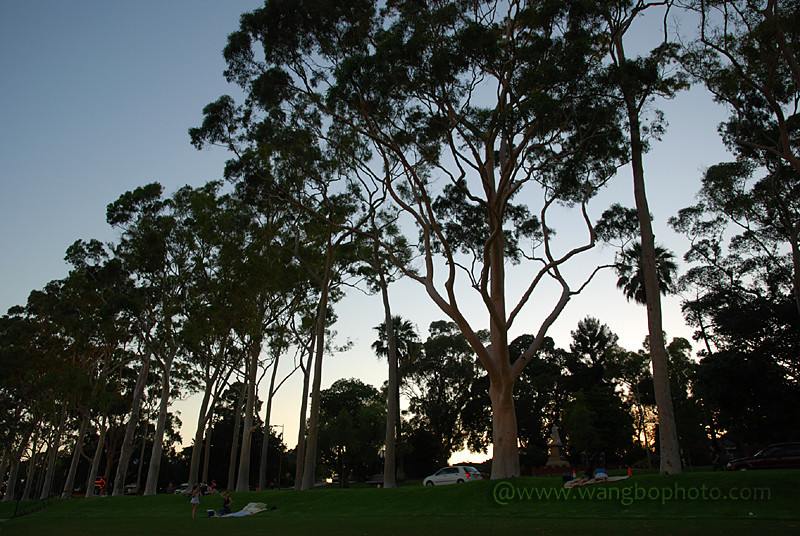
As the sun slowly set, we strolled out from the tall avenue of Kings Park in Perth. Many locals were still heading in for a picnic, enjoying the crystal-clear sky and the deep blue of Perth Bay. Watching people relaxing on the lawns, all the sights and experiences of three weeks in Australia flooded my mind. I couldn’t help but be drawn to their leisurely lifestyle: 8 hours for work, 8 hours for sleep, and 8 hours for leisure. We chase more money and status, and so-called “success,” but in the end, isn’t it all about a better quality of life? Getting close to nature, blending in with it—harmony between people and nature—is the ultimate quality of life. Perth’s mornings are just as beautiful: huge AirAsia planes glowing red and white in the dawn. Goodbye, Australia! Floods and cyclones meant we couldn’t visit Queensland; time ran out for the Northern Territory, so the Great Barrier Reef, Heart Island, Surfers Paradise, and Uluru remain on our dream list for next time. Looking forward to coming back for the fresh sea breeze and clear blue sky. I will be back!
LIMITED TIME OFFERS
Related Apartments
Premium accommodations at exceptional prices.
Elevate your travel experience with our carefully curated holiday deals.
 See Street, Meadowbank NSW, Australia
See Street, Meadowbank NSW, Australia $140 - $200
-
2 Bedrooms
-
2 Baths
-
2 Guests
 Alfred Street, Milsons Point NSW, Australia
Alfred Street, Milsons Point NSW, Australia $140 - $200
-
1 Bedrooms
-
1 Baths
-
1 Guests
 Forest Road, Hurstville NSW, Australia
Forest Road, Hurstville NSW, Australia $150 - $220
-
3 Bedrooms
-
2 Baths
-
4 Guests
 Essex Street, Epping NSW, Australia
Essex Street, Epping NSW, Australia $150 - $210
-
2 Bedrooms
-
2 Baths
-
2 Guests



![[AUS Koala Country Travelogue] Season 3 — Gold Coast Chapter](https://www.sydneynest.com/uploadfile/202506/a2cc2d28ca567b4.jpeg)
